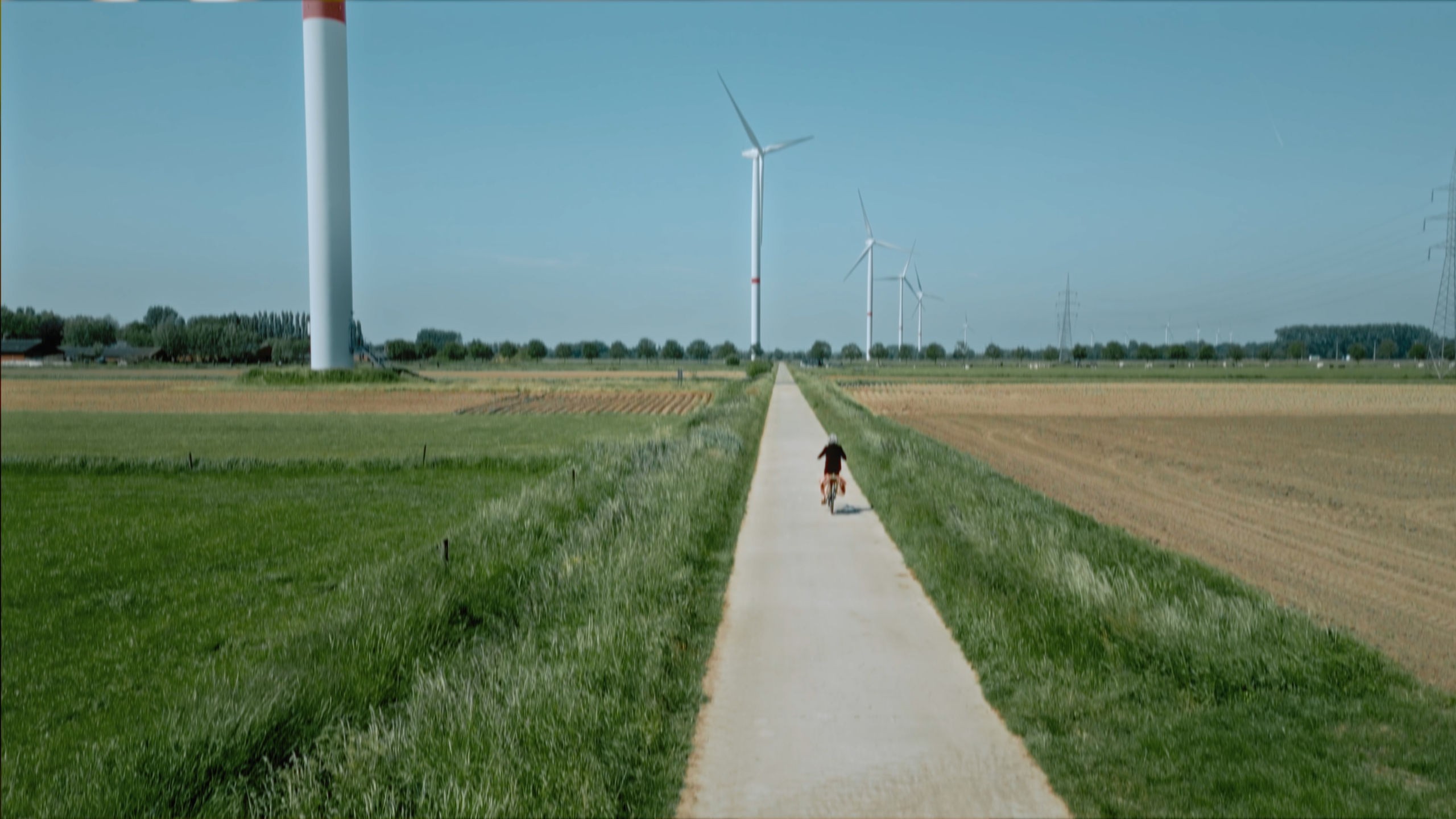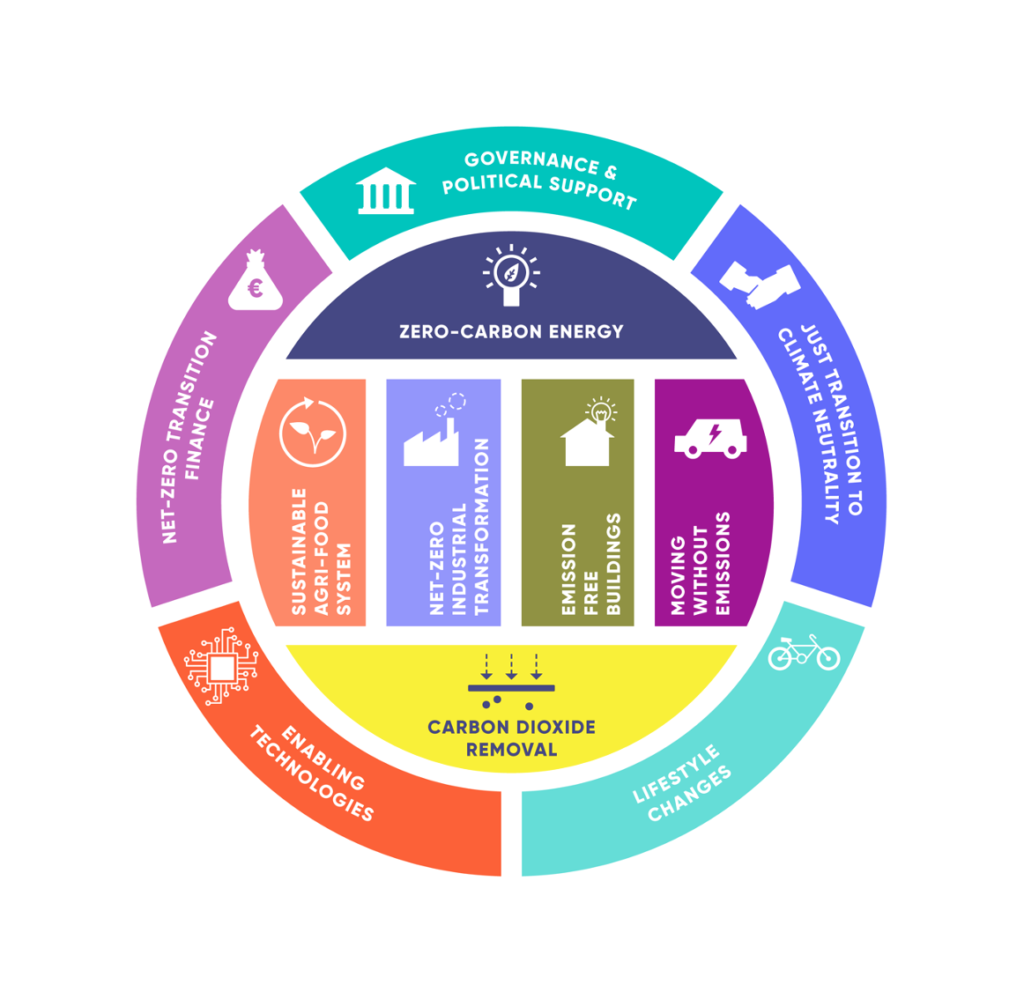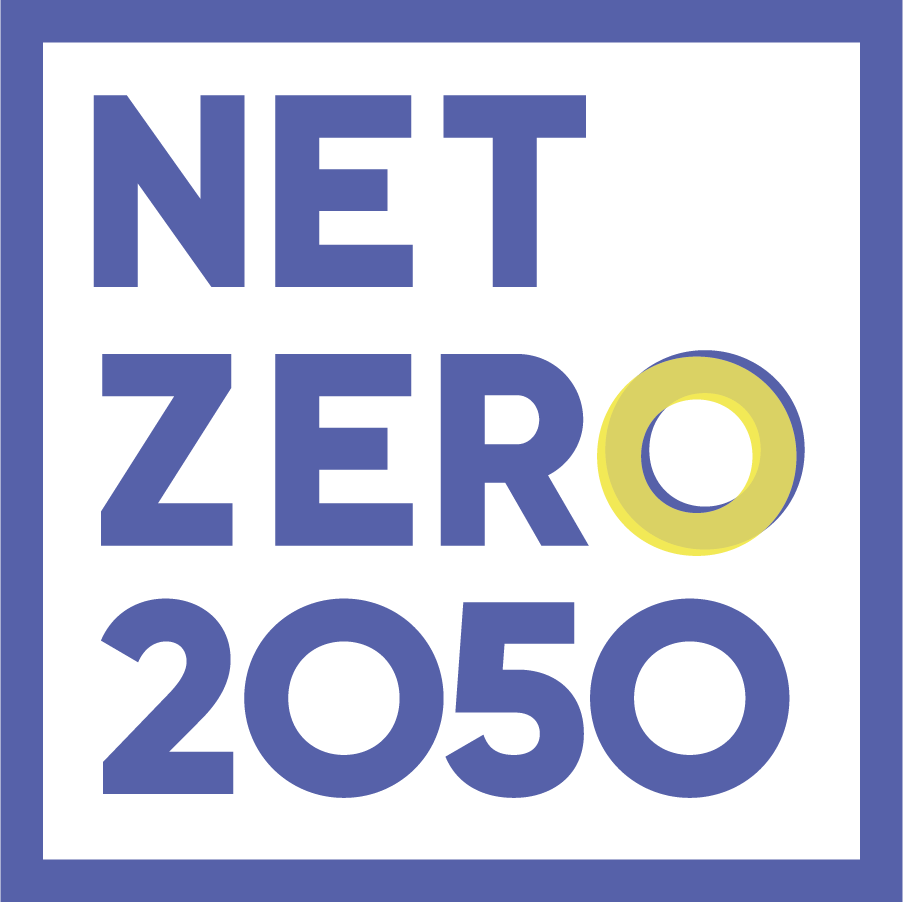The new report “Measuring Progress towards Climate Neutrality” in ECF’s Net Zero 2050 series contributes to this discussion by presenting an assessment matrix based on net zero indicators that can measure climate neutrality. Importantly, it includes indicators to see whether we are putting in place the necessary enabling conditions for changes that will occur further into the transition – even if the impacts are not yet directly observable.
The report also proposes ways to integrate this framework into existing policy processes. In principle, such a framework could provide a bridge between the EU Climate Law and planning documents like the National Energy and Climate Plans and Long Term Strategies. It also offers a way to practically integrate the climate governance regime more closely with other parts of the EU framework such as the EU Semester and the 8th Environment Action Programme. The framework is equally applicable for planning and reporting at the national level.
The analysis comes in three parts (documents which you can access and download further below):
- The summary document gives an overview of the basic concepts as well as central conclusions.
- Part I: contains the technical proposal for net zero indicators.
- Part II: analyses the political integration into EU processes.




